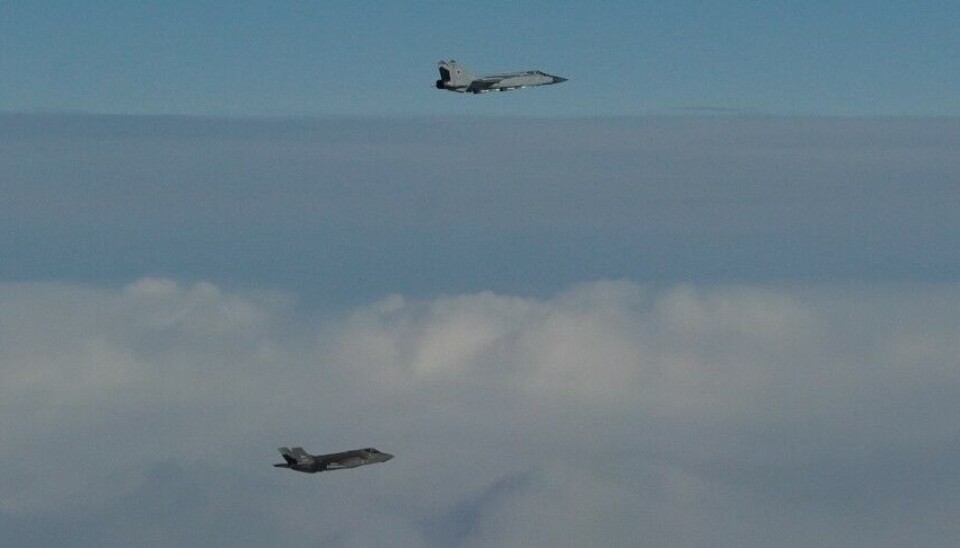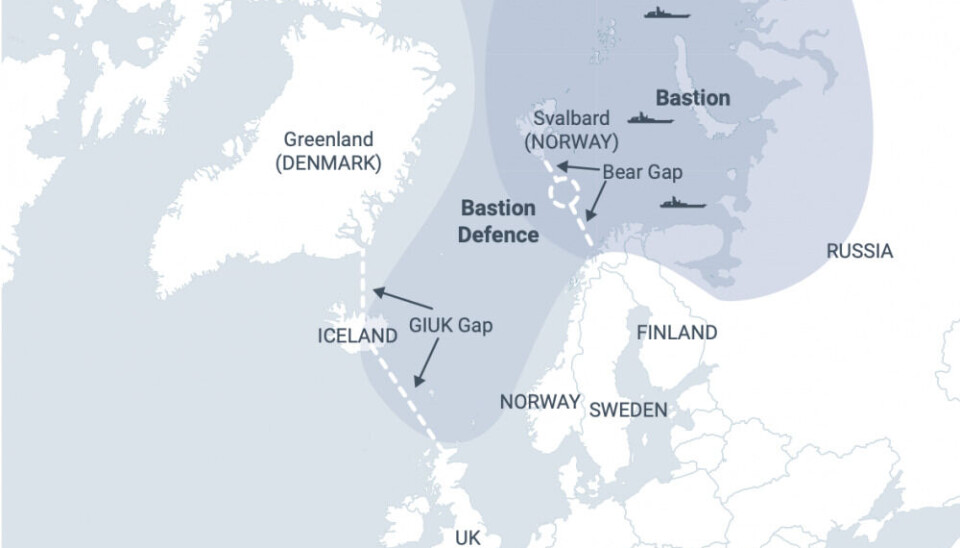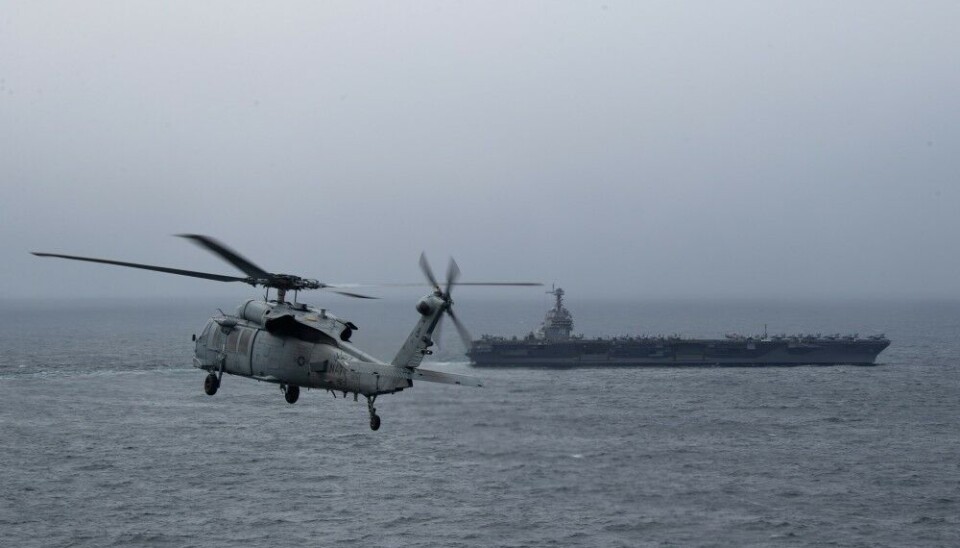
NATO scrambled to meet Russian bombers, interceptor aircraft north of carrier strike group
The Russian sortie with at least nine aircraft flew to the western Barents Sea, but returned home instead of continuing south towards the areas where the "USS Gerald R. Ford" is operating.
Two Norwegian F-35, on QRA for NATO in the north, were scrambled from Evenes airport Monday morning to meet and identify a group of Russian military planes flying west out from the Kola Peninsula.
Spokesperson Marius Vågenes Villanger with the Joint Headquarters says in a phone interview with the Barents Observer this happened between 08.30 and 11.00 Norwegian time.
Military observers, monitoring flights from Russia’s Olenya Air Base, had then already reported about several strategic bombers taking off on a northbound mission to the Barents Sea. That included three Tu-160 bombers, two Tu-95 bombers, one Il-78M tanker, and at least one MiG-31BM interceptor.
The planes from Olenya took were on mission for about four hours.
Villanger says to the Barents Observer that the Norwegian fighter jets identified two Tu-95 strategic bombers, two Il-78 tankers and four MiG-31 jets. He notes that the Norwegian pilots did not see any Tu-160 bombers.
“This happened over the western Barents Sea,” Villanger elaborates. He describes the identification “as routine”.
“Monday’s identification happened without drama, and as expected,” Villanger says.

It is normal that Russian military planes or warships from the Northern Fleet fly and sail outside Norway when NATO exercises take place.
No escalations
Military aviation expert Per Erik Solli with the Norwegian Institute of Foreign Affairs says the fact that the Russian aircraft did not fly closer to the NATO warships off the coast of Nordland could be a sign of not escalating tensions.
“When American and British aircraft carriers were sailing north during the Cold War, Soviet Badger bombers [Tu-16] used to fly deep into the Norwegian Sea to simulate missile attacks against them. Also against aircraft carriers that were south of Bodø,” Solli says to the Barents Observer.
While the Norwegians informs that the Russian planes were over the western Barents Sea, Russia’s Defense Ministry told state-owned news agency TASS later Monday afternoon that the two Tu-95 bombers and MiG-31 aircraft were also flying over the Norwegian Sea.
The geographical boundary of the Barents Sea in the west follows a line from North Cape, via Bear Island to the southern tip of the island Spitsbergen at the Svalbard archipelago in the north.

Large fighter jet exercise
Norway, Finland and Sweden are this week hosting Europe’s largest fighter jet exercise this year, the Arctic Challenge 2023, with about 150 jets from 14 nations. The main area of combat training is over Norrbotten in northern Sweden.
In parallel, the US Navy carrier “USS Gerald R. Ford” on Friday arrived at the waters near the Lofoten archipelago on the coast of northern Norway, as reported by the Barents Observer. The carrier, which is under NATO command, will train together with Norway and other partner nations in the days ahead.

US Air Force bombers
While the Russian Tu-95 bombers were flying up North, Norwegian F-35 trained together with jets from the “USS Gerald R. Ford” and US Air Force B-1B strategic bombers in the Vestfjorden area west of Bodø, the Air Force informs in a press release.
The counter-maritime mission also included planes participating in the Arctic Challenge Exercise.
“The strategic coordination between air and naval operations through exercises in the High North demonstrates the U.S.’s ability to integrate with global Allies and Partners and the inherent flexibility of U.S., Allied, and coalition forces to operate anywhere, anytime,” the press release says.














